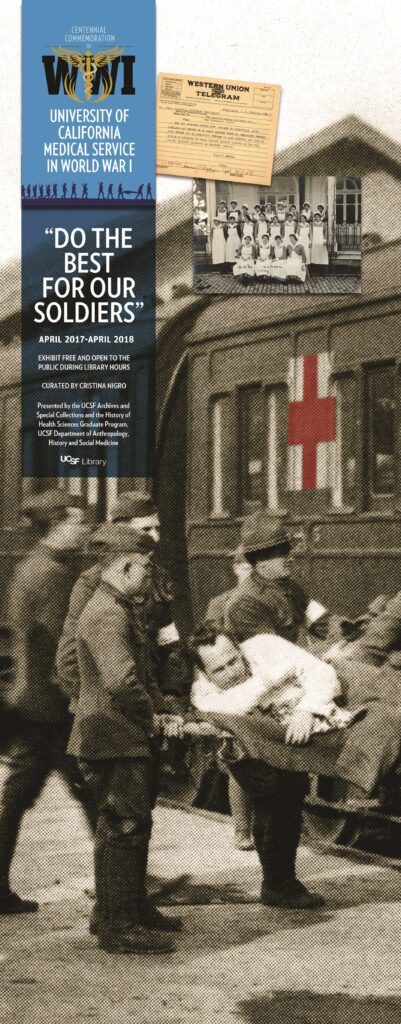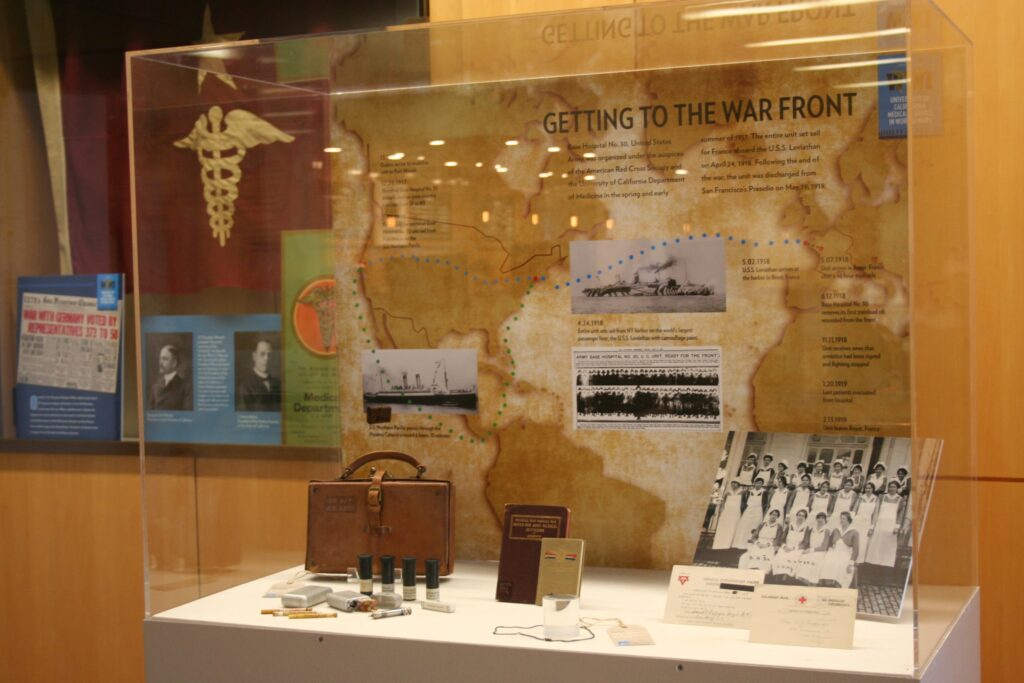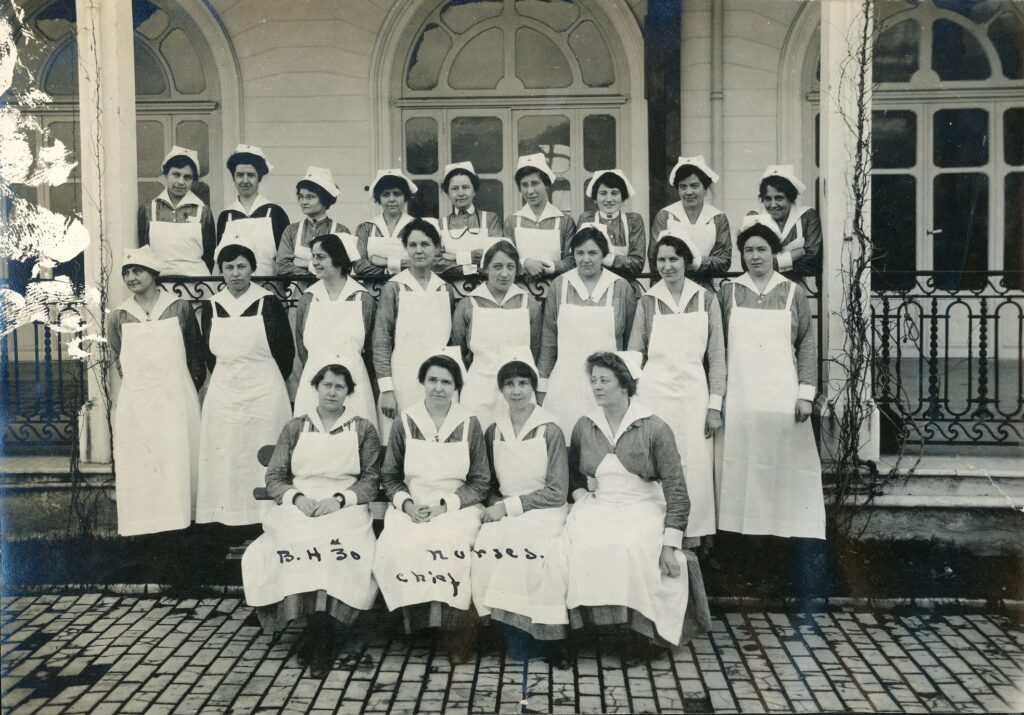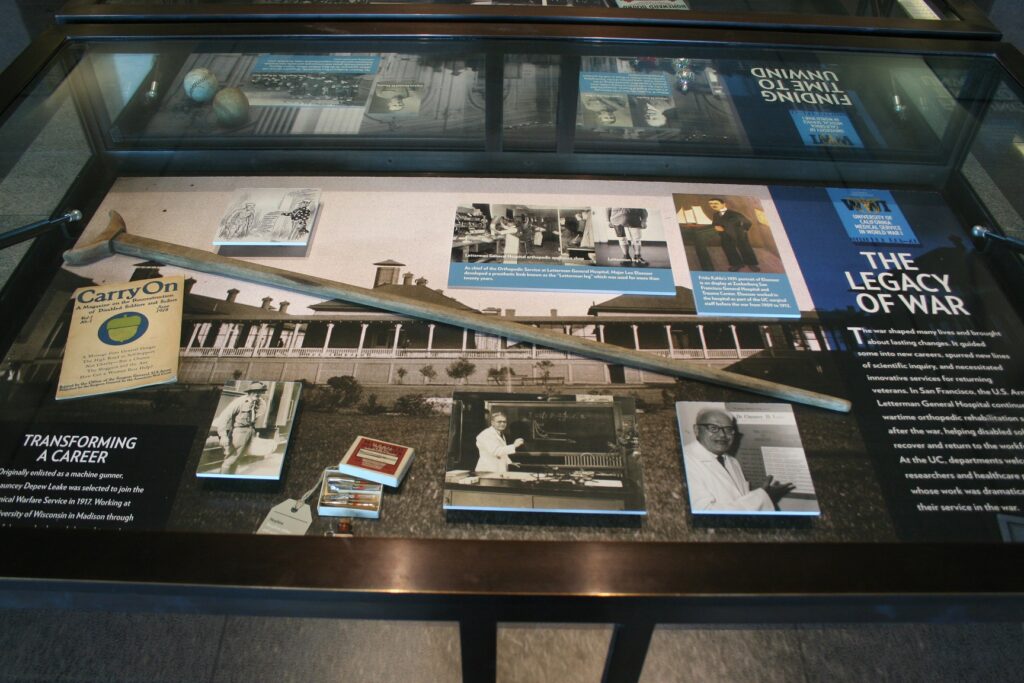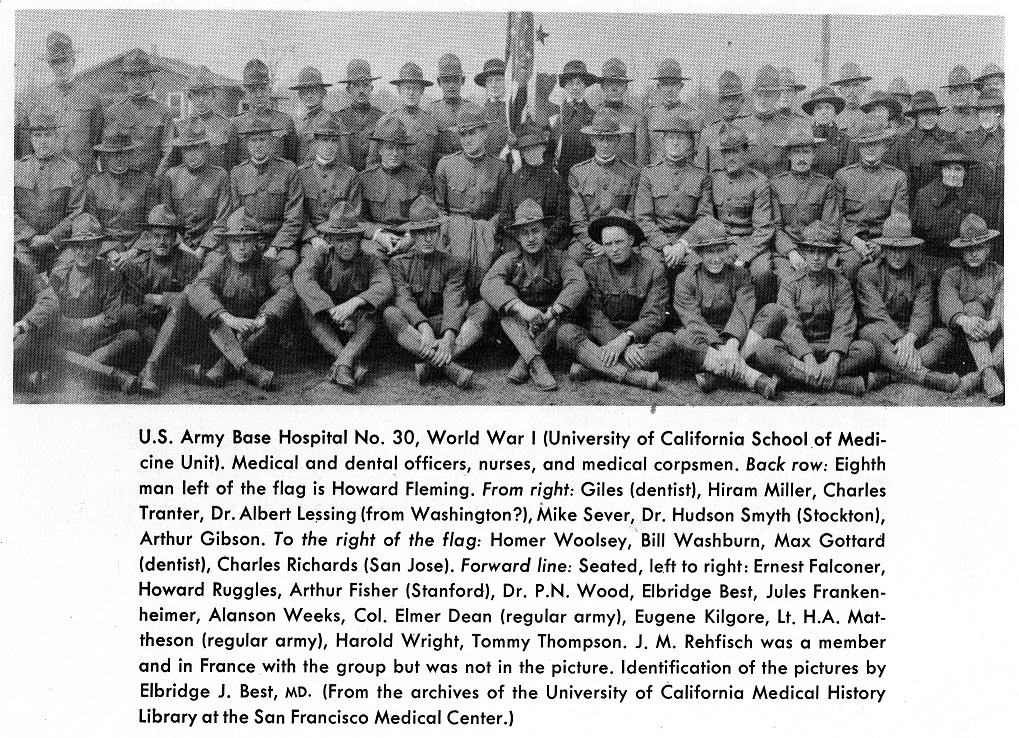By Erin Hurley, User Services & Accessioning Archivist
Although, in 2020, advice like “wash your hands” and “cover your mouth when you cough” seem fairly obvious and common sense, there was a time when this was not the case. That time was March 1855, when the situation in British hospitals outside of Constantinople (now Istanbul, Turkey) during the Crimean War had become so dire that Florence Nightingale and 40 other women acting as trained volunteer nurses were finally allowed access to patients (they had previously been denied access because of their gender). Hospitals were overcrowded and extremely unsanitary conditions encouraged the spread of infectious diseases like cholera, typhoid, typhus and dysentery, which Nightingale recognized immediately. She implemented basic cleanliness measures, such as baths for patients, clean facilities, and fresh linens, and advocated for an approach that addressed the psychological and emotional, as well as the physical, needs of patients. Her improvements brought a dramatic decline in the mortality rate at these hospitals, which had previously been as high as 40%.
While Nightingale is well known as one of the world’s first nurses, she is less well known for her strikingly lovely data visualizations (including pie charts and a rose-shaped design called the “coxcomb”), which she used to highlight the number of deaths from diseases, in addition to deaths from wounds or injury, during the Crimean War. Nightingale, a mathematician and statistician, recognized the importance of eye-catching visuals in communicating the impact of her innovations.
National Nurses Week begins each year on May 6th (National Nurses Day) and ends each year on May 12th (Florence Nightingale’s birthday). Today, we celebrate the history of nursing and nurses of all kinds, and the essential, life-saving work that they perform. We hope you enjoy this series of digital images from UCSF’s Archives & Special Collections, all digitized and available online through Calisphere. Archives & Special Collections also holds the fascinating Florence Nightingale Memorial Collection, created by Country Joe McDonald of Country Joe & the Fish, which you can read more about here.
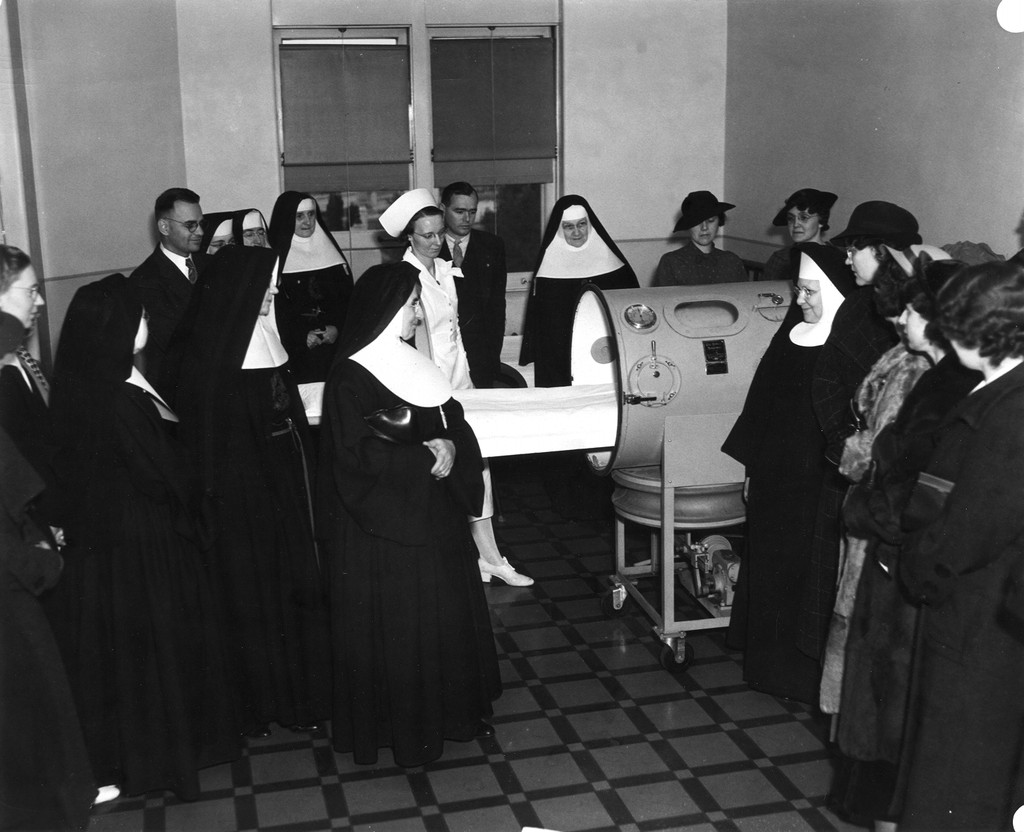
Nuns gathered around an iron lung, undated, from St. Joseph College of Nursing records, MSS 81-10 and MSS 94-35 
St. Joseph College of Nursing tree planting ceremony by Don Bosco Studios, S.F., circa 1940-1960, St. Joseph College of Nursing records, MSS 81-10 and MSS 94-35 
Nurses in the library, circa 1950s, UCSF Medical Center at Mount Zion Archives 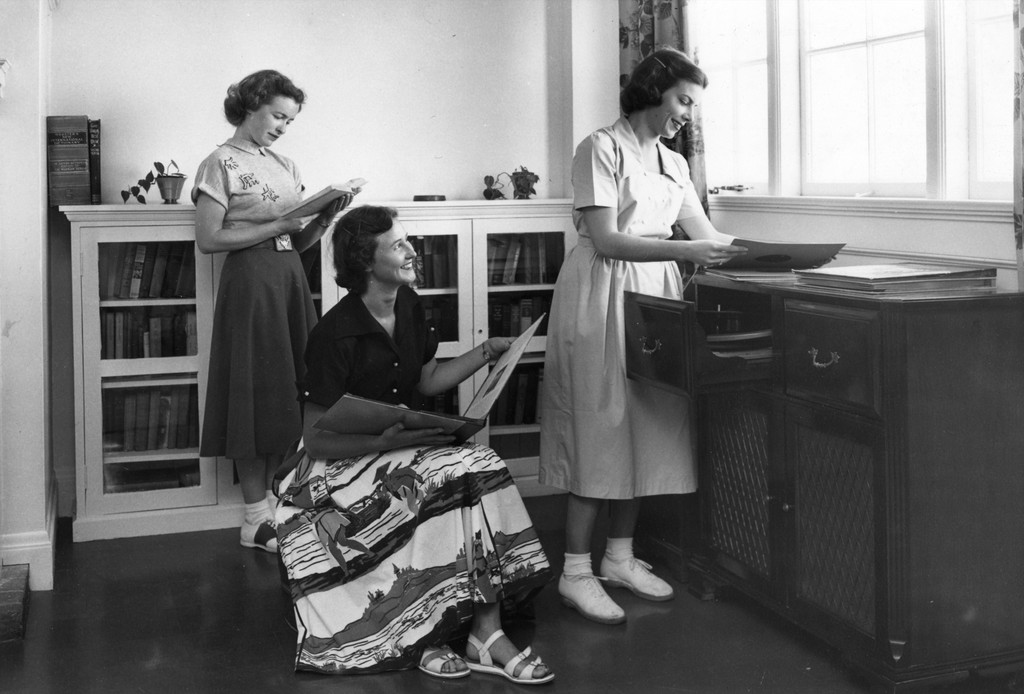
Nursing students playing records and reading in dormitory, 1955, Photograph Collection, School of Nursing 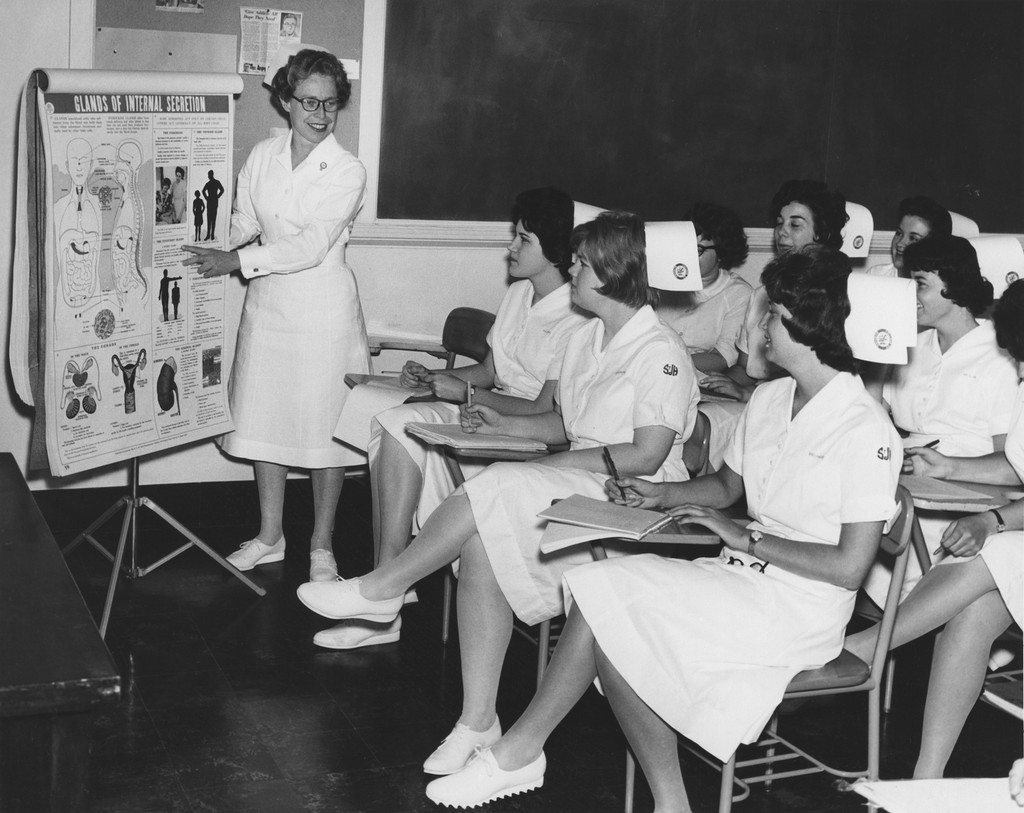
Faculty instructor in Anatomy and Physiology Laboratory at St. Joseph College of Nursing by Ashworth of London, circa 1960, St. Joseph College of Nursing records, MSS 81-10 and MSS 94-35 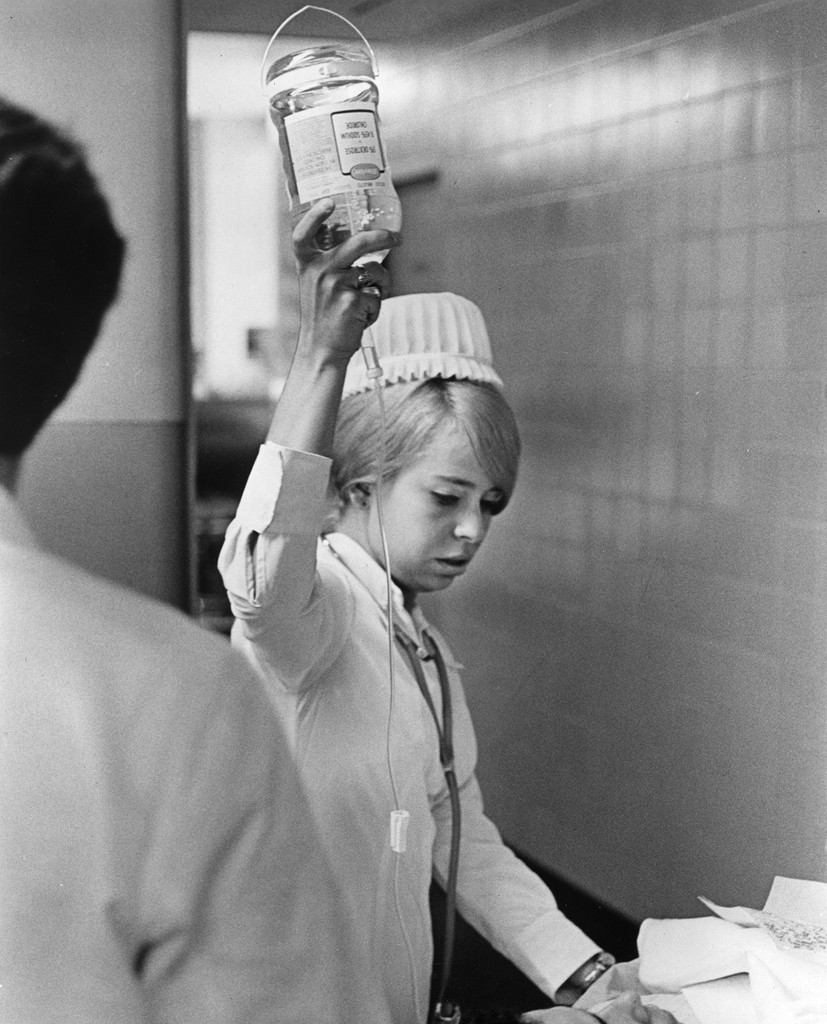
Moffitt Hospital floor nurse with IV drip by Dennis Galloway, 1969, Photograph Collection, School of Nursing 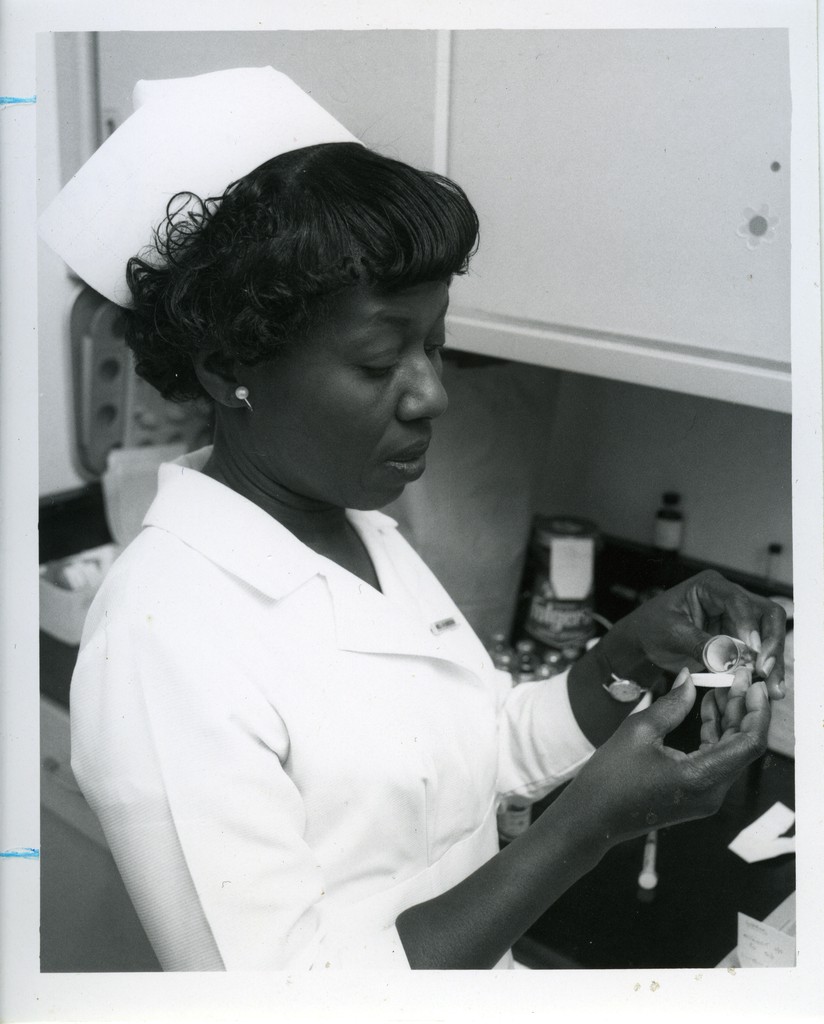
Gladys W. Henderson, 1971, Photograph Collection, School of Nursing S/N, LVN Graduates and Training Program 
Moffitt Hospital nurses station by Richard Weymouth Brooks, circa 1984, from Photograph Collection, School of Nursing, Nursing Services 
Mount Zion nursing assistant Michael Wollflair examines patient David Earl by David Powers, 1994, MSS 2009-15, Powers (David) Photograph Collection 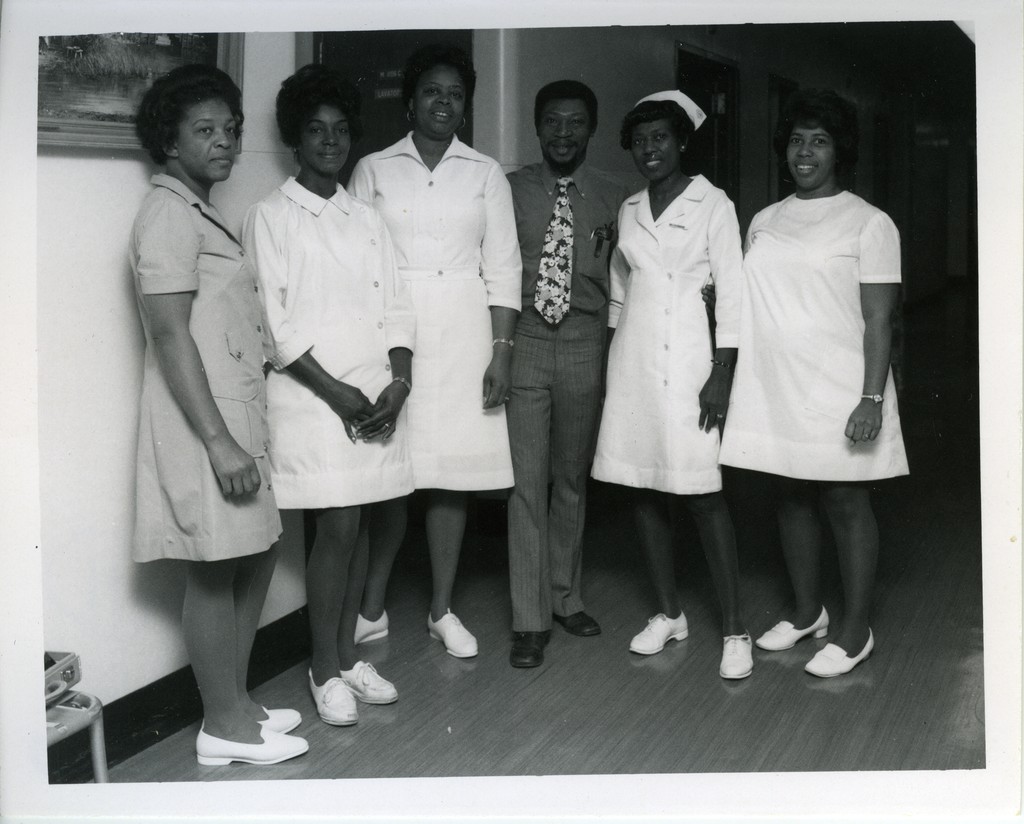
Licensed Vocational Nurse (LVN) Training Program graduates, 1971, Photograph Collection, School of Nursing S/N, LVN Graduates and Training Program


